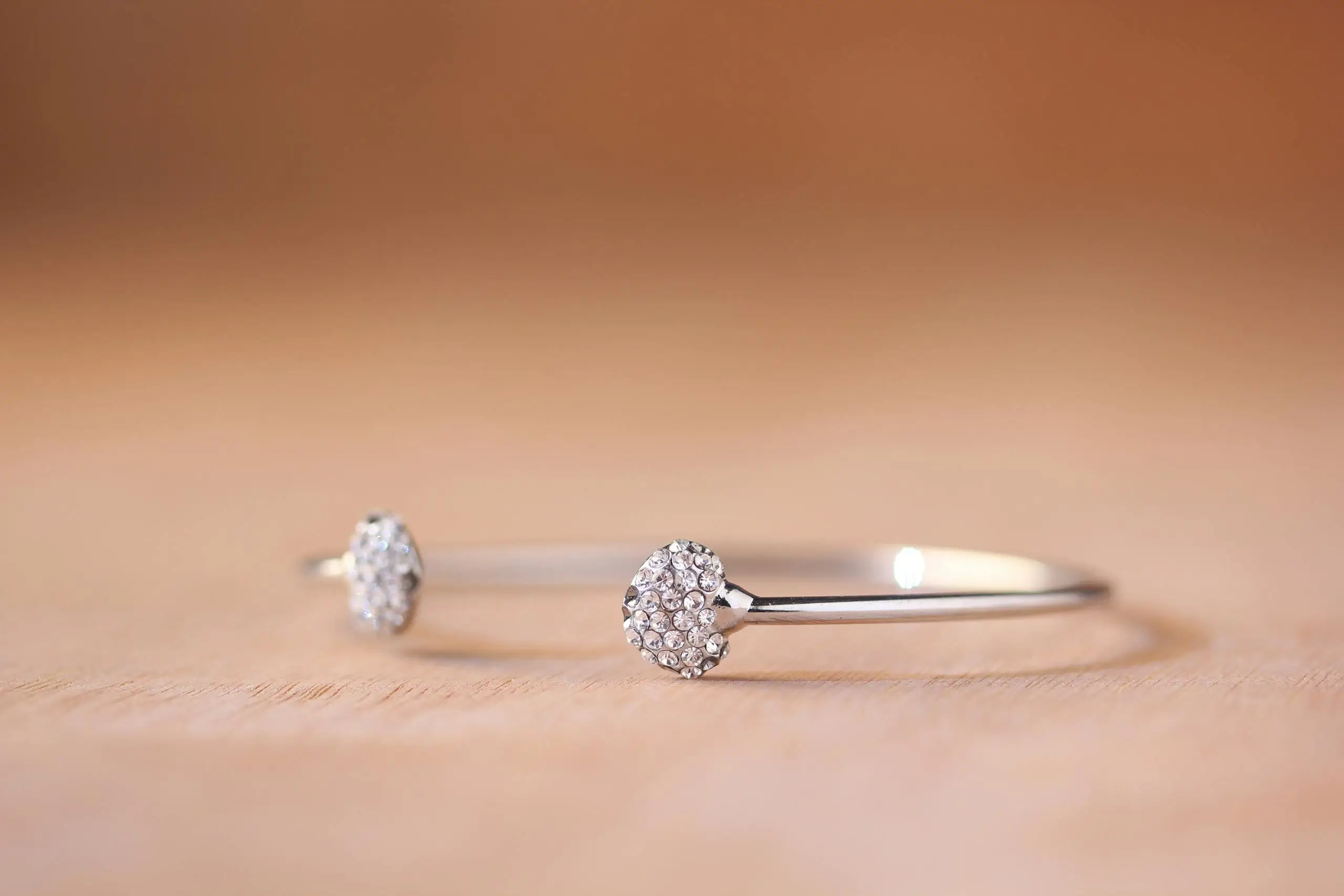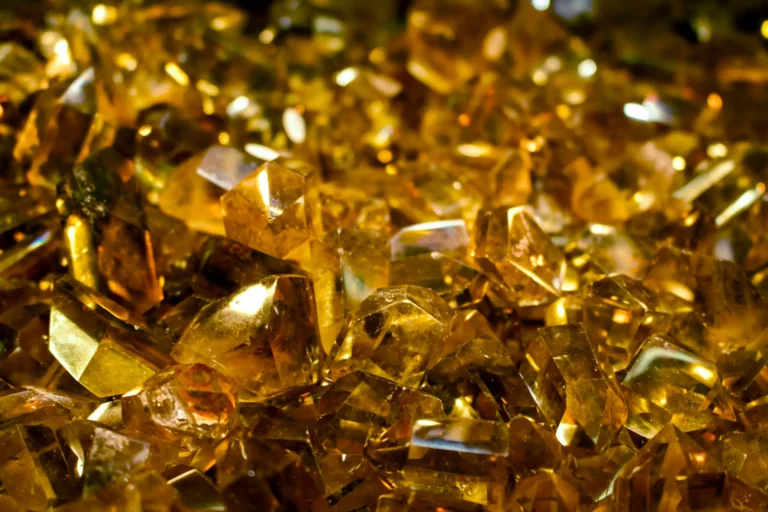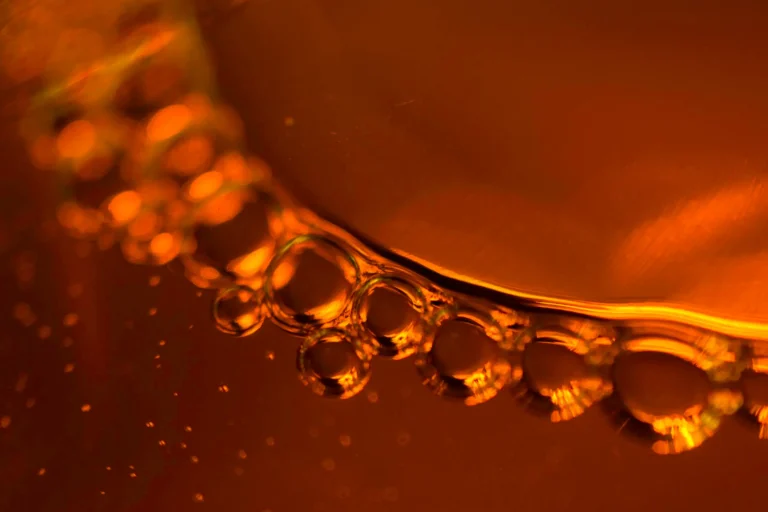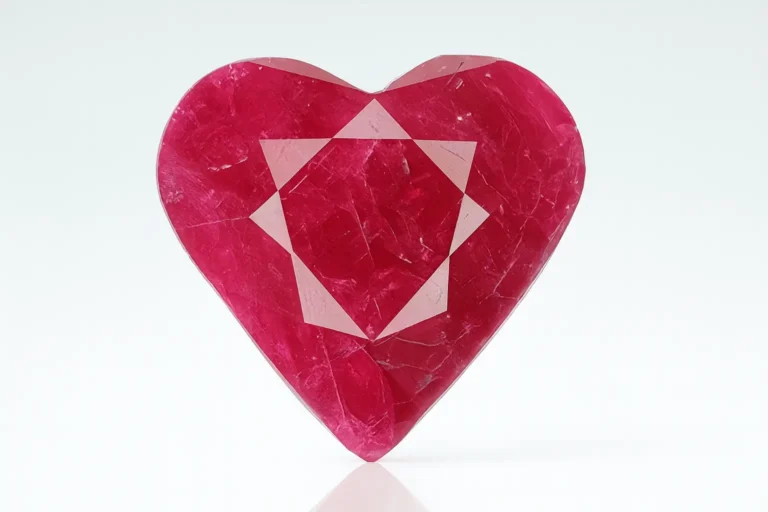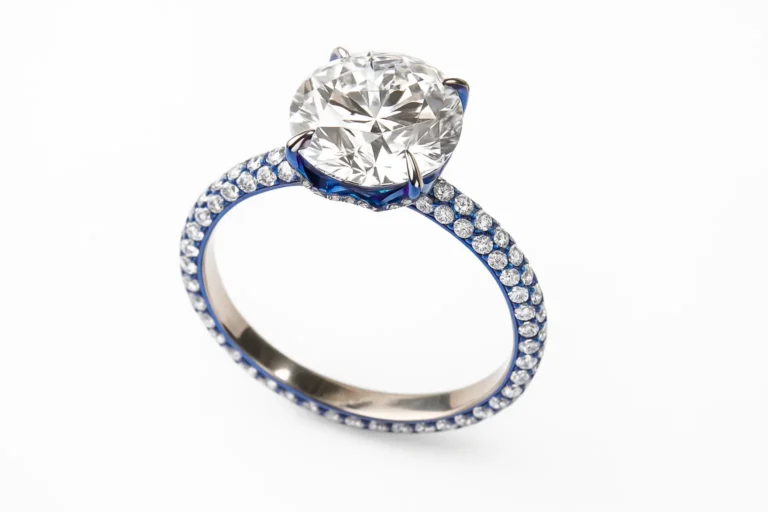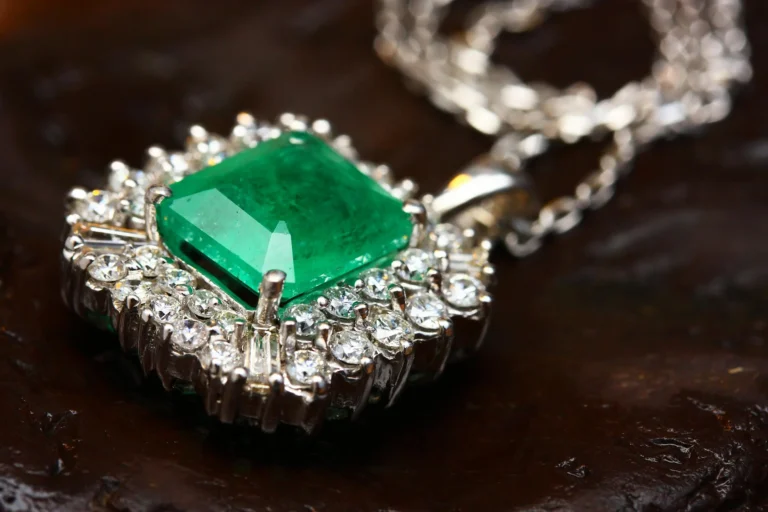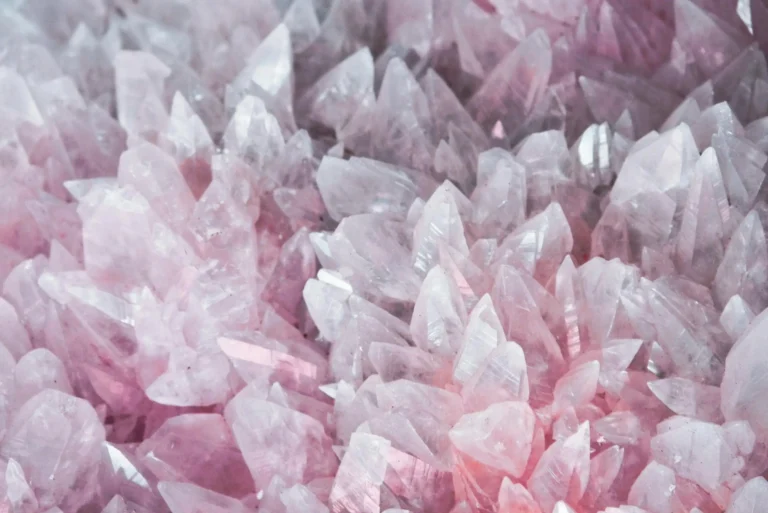Diamond Cracks and Inclusions: Feather Inclusions and Cleavage Explained
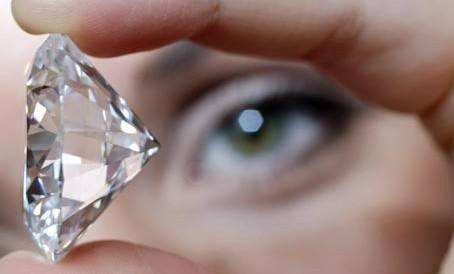
Have you ever looked at your diamond ring closely and felt your heart sink because you spotted what looked like diamond cracks and inclusions inside?
A few years ago, one of my customers came to me with a worried face, saying, “I didn’t notice it when I bought it, but after I got home, I saw a long crack on the diamond. What if it breaks one day? I must’ve been tricked!”
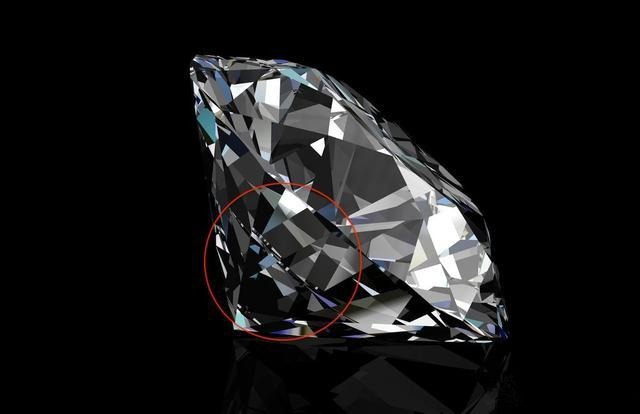
When I took a look, I reassured her — thankfully, it only looked like a crack. What she saw was a visual illusion caused by light reflection, not an actual fracture.
If you have a diamond of your own, try observing it from the side (if it’s not fully covered by the setting). You might notice a line at the pavilion that looks like a break — that’s not a real crack, but simply an optical effect.
This reflective line, commonly seen in round brilliant cuts, forms from the pavilion facets. In other words, every properly cut diamond will show this visual “stripe” under certain lighting — it’s just the diamond playing tricks with light and your eyes.
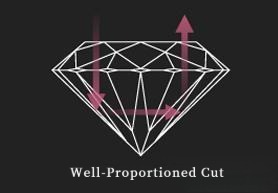
If you have a diamond of your own, try observing it from the side (if it’s not fully covered by the setting). You might notice a line at the pavilion that looks like a break — that’s not a real crack, but simply an optical effect.
This reflective line, commonly seen in round brilliant cuts, forms from the pavilion facets. In other words, every properly cut diamond will show this visual “stripe” under certain lighting — it’s just the diamond playing tricks with light and your eyes.
However, not all apparent cracks are illusions. Some are indeed real inclusions or fractures, which can affect the diamond’s durability and value depending on their size, position, and type. The GIA (Gemological Institute of America) classifies such internal features in detail. Today, let’s explore two of the most common types — feather inclusions and cleavage.
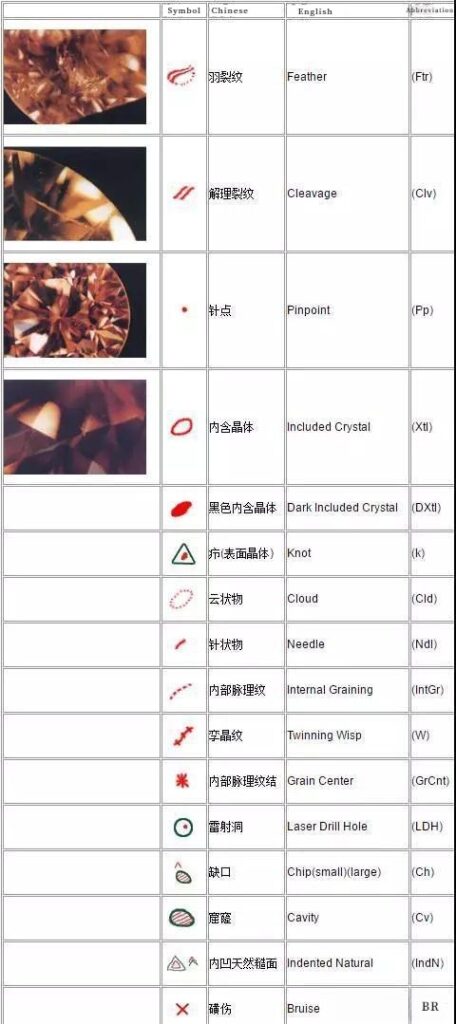
Feather Inclusions: The “Feathery” Cracks Inside a Diamond
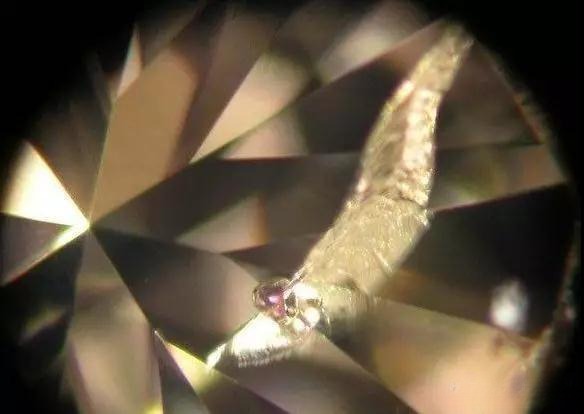
In the magnified image above, can you spot the delicate, feather-like pattern on the right side of the diamond?
That’s what gemologists call a feather inclusion.
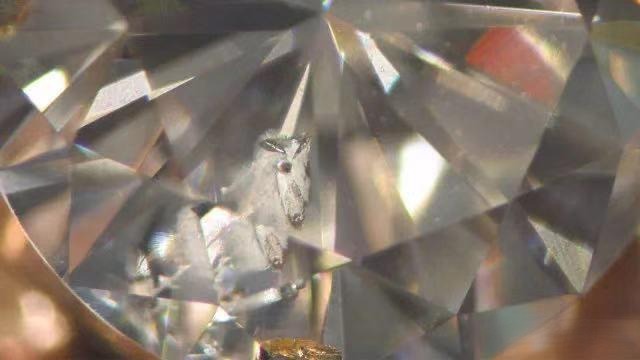
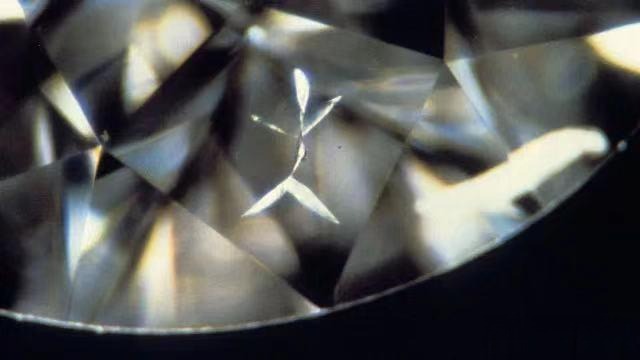
A feather inclusion forms when internal stress or structural cleavage occurs within the diamond crystal. It resembles the texture of a feather, hence the name.
In general, if a diamond is graded VS (Very Slightly Included) or higher, you don’t need to worry about these inclusions. You can only see them under a 10x magnifying loupe; they remain invisible to the naked eye.
But for SI (Slightly Included) or lower grades, feather inclusions may be noticeable without magnification. In these cases, the inclusions can impact the diamond’s transparency and overall visual appeal — so you should choose carefully.
Cleavage: When the Diamond’s Weakest Line Becomes a Risk
Apart from feather inclusions, there’s another type of internal feature often mistaken for a crack — cleavage.
The term sounds highly technical, but in simple terms, cleavage refers to the weakest plane within a diamond crystal — a flat, sharp fracture line caused by the crystal’s natural atomic structure.
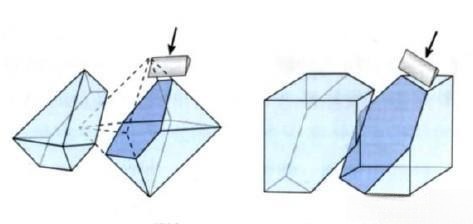
We often hear that diamonds are the hardest substance on Earth — strong enough to scratch almost anything. However, hard doesn’t mean unbreakable.
If a diamond has a cleavage line, even a small accidental impact might cause it to chip or split.
For diamond cutters, cleavage is both a blessing and a curse. On the positive side, they can use the cleavage plane to split a rough diamond cleanly and precisely. On the downside, if the cutting doesn’t follow the natural cleavage direction, the diamond may fracture and lose value.
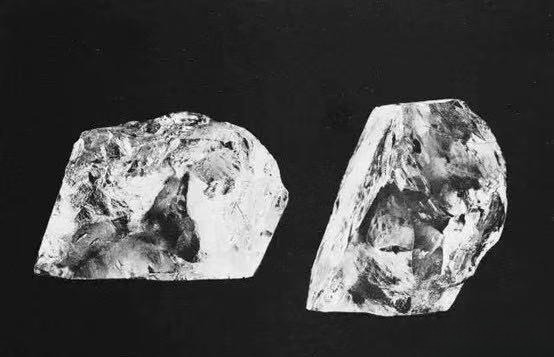
A famous example is the legendary Cullinan Diamond, the largest gem-quality rough diamond ever discovered, weighing 3,024.75 carats. Its successful division into two major pieces relied entirely on the diamond’s cleavage properties. When a diamond breaks along its cleavage, the resulting surface is perfectly smooth — that flat plane is the cleavage face itself.
Not every diamond shows visible cleavage, but when it does, the grading certificate clearly notes it. If you happen to buy one with cleavage, wear it with extra care to avoid any accidental damage.
Should You Buy a Diamond with Cracks or Cleavage?
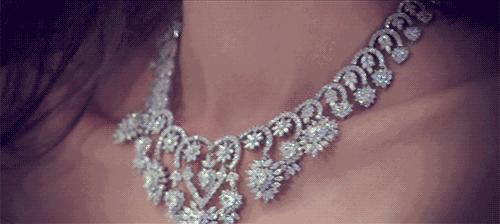
This is a question every diamond buyer wants answered: Is it safe to buy a diamond with cracks or fractures?
The short answer is — avoid diamonds with cleavage. They are structurally weaker and can break more easily if impacted, even though they may look flawless to the naked eye.
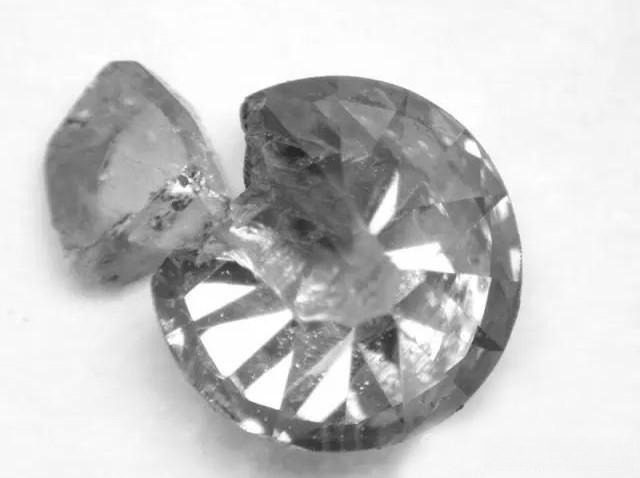
If the diamond shows feather inclusions, it depends on their location and size.
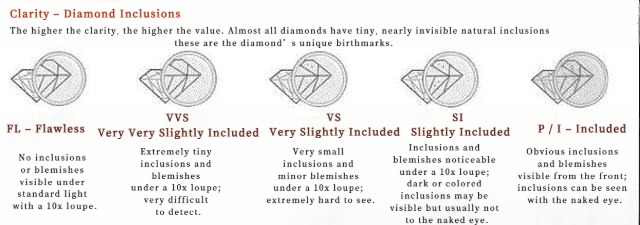
- If the feather is at the edge and visible to the eye, it’s best to avoid that stone — it’s more prone to chipping if hit.
- But if the feather inclusion is small and located inside the diamond, only visible under magnification, you can buy with confidence. It has little to no impact on durability or sparkle.
For more diamond buying tips, read the Peonyjewels blog article:
Gemstone Jewelry Buying Tips – Hidden Tricks Jewelers Don’t Want You to Know
Are Brand-Name Diamonds Better? What are the 4Cs? Is Bigger Always Better?
Peonyjewels Insight: Beauty Beyond Perfection
At Peonyjewels, we believe that nothing in nature is absolutely perfect — and that’s part of its charm. Diamonds, as creations of the earth, naturally contain traces of their formation journey.
A diamond’s value always corresponds to its quality — the higher the clarity, the higher the price. The key is to find the most balanced choice within your budget — one that speaks to your eye and your heart.
Just as every diamond has its unique inclusion, every piece of jewelry has its story.
Explore the artful beauty of imperfection through our Peonyjewels handmade vintage earrings — each piece handcrafted with character, authenticity, and timeless elegance.

